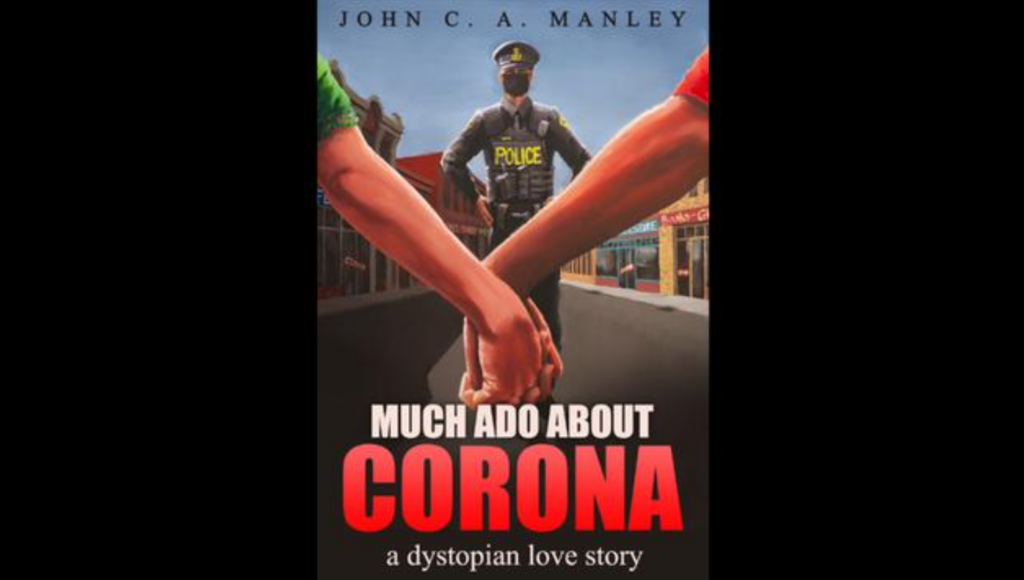“Much Ado About Corona: A Dystopian Love Story” by John C. A. Manley stands out as a pertinent reflection of the human experience during the COVID-19 pandemic. It successfully intertwines elements of romance and adventure while providing a critical lens into the emotional, psychological, and social upheaval that characterized those tumultuous years. In an age where historical narratives can be easily skewed or sanitized, this novel offers a more holistic approach, allowing readers to engage deeply with the chaos and collective insanity of the pandemic while fostering a sense of connection through shared experiences. The book beckons readers not only to appreciate its storytelling but to reflect on their own journeys through a globally shared crisis.
In an interview with the author, we gain insight into the inspiration and background of “Much Ado About Corona.” Manley articulates how personal experiences and observations during the pandemic shaped his narrative. He emphasizes the importance of storytelling during significant historical events—pointing out that readers often seek narratives that explore emotional realities rather than strictly data or politically charged accounts. Manley’s exploration of how love and relationships were impacted by the COVID-19 era adds depth to the novel, which mirrors the myriad ways individuals attempted to connect while physically distanced.
What stands out in “Much Ado About Corona” is its evocative portrayal of the pandemic’s psychological toll and the social isolation many experienced. The characters navigate a world replete with uncertainty and fear while also seeking comfort and companionship. This duality of human existence—yearning for connection amidst chaos—serves to resonate with a wide range of audiences who may have found themselves struggling with similar feelings during the pandemic. It speaks to the resilience of the human spirit even in dire circumstances, allowing readers to find hope amidst despair.
The novel acts as a crucial commentary on the broader social implications of the pandemic, touching upon themes of medical tyranny and governmental overreach. The narrative invites readers to reflect on the challenging decisions made during the pandemic, including the often polarizing debates surrounding health measures and personal freedoms. The author tackles these serious issues within the fabric of a fictional love story, making potentially heavy themes more accessible and engaging for a diverse audience while inviting critical discussions surrounding the era.
It’s also worth noting that the book comes with a degree of controversy. A video embedded in its promotion was reportedly removed from YouTube for discussing ideas surrounding medical policies during the pandemic, revealing the contentious nature of the dialogues that emerged in response to COVID-19. This kind of censorship underscores why literature like “Much Ado About Corona” is essential; it offers a counter-narrative to dominant discourses and provides a safe space for exploring dissenting viewpoints. The implications of this are significant, not just for readers seeking to explore their experiences during the pandemic, but also for future generations who will study this chaotic chapter of human history.
Finally, the availability of “Much Ado About Corona” through various online platforms provides easy access for those wishing to engage with its themes and messages. The marketing pushes for direct patronage and support suggest a growing movement around independent storytelling that seeks to address not just historical moments, but the emotional and social realities they evoke. As we continue to navigate the aftereffects of the COVID-19 era, engaging with narratives like Manley’s becomes crucial for fostering understanding, empathy, and reflection on a global scale.

